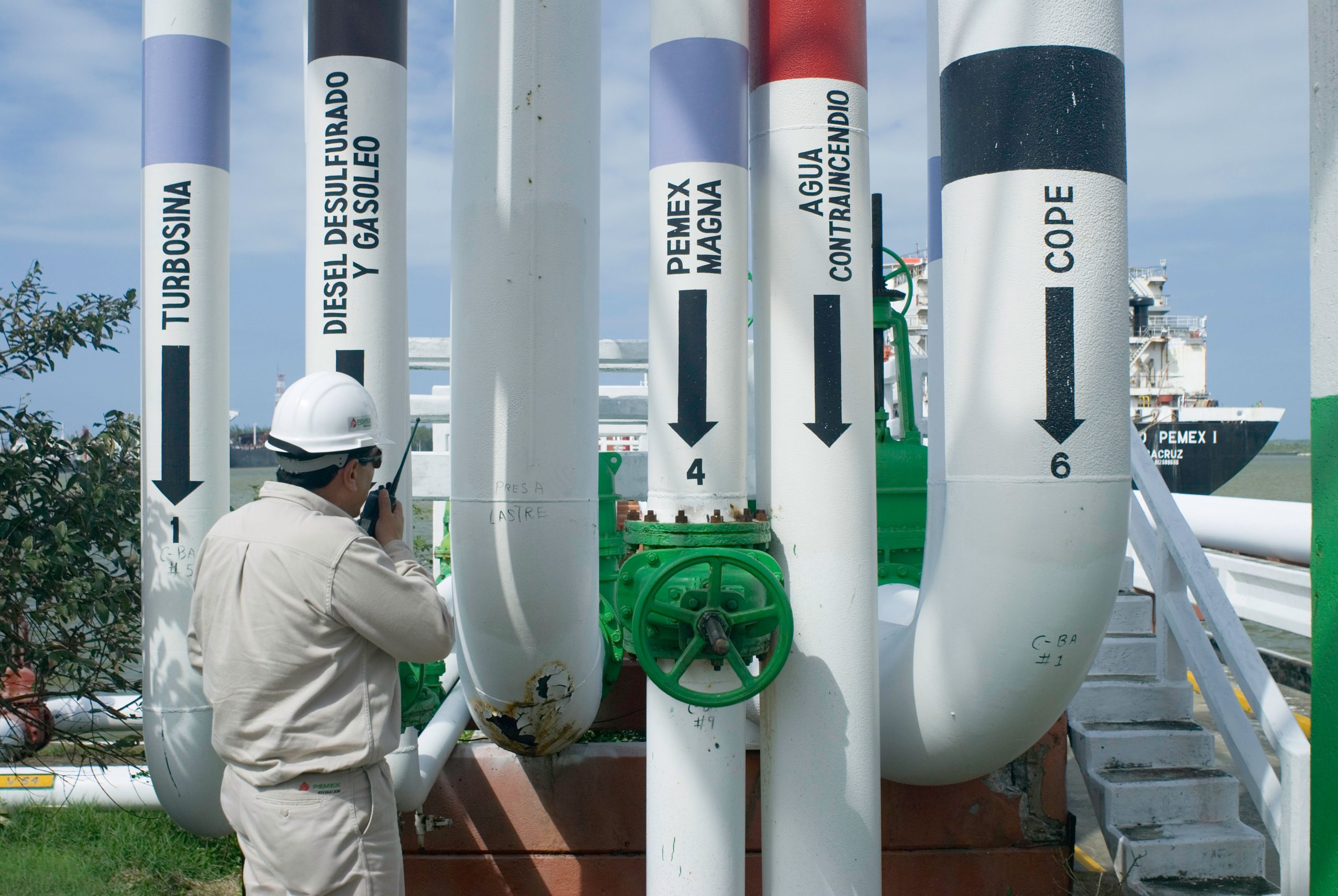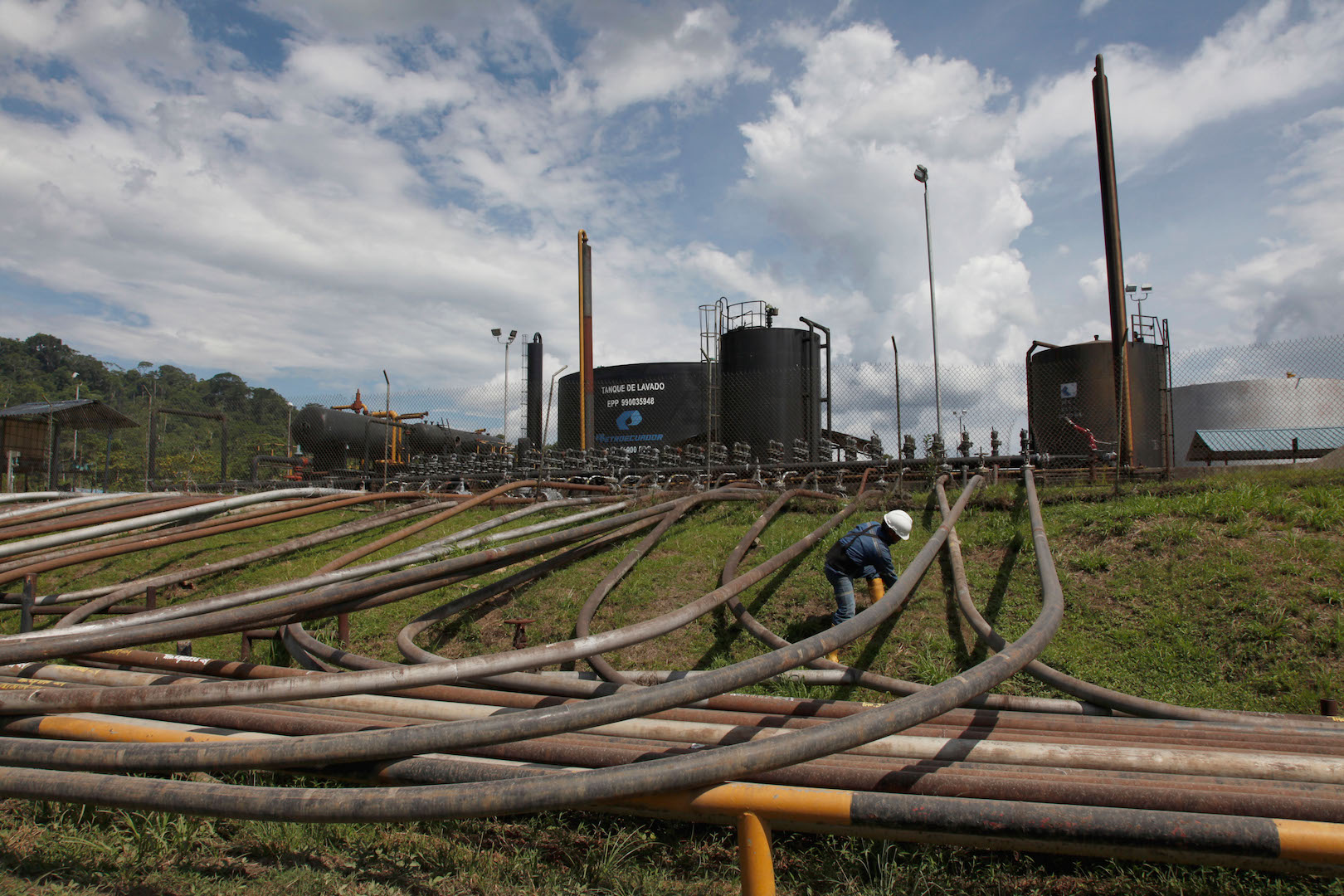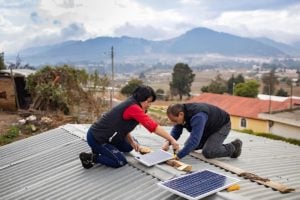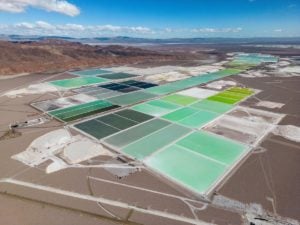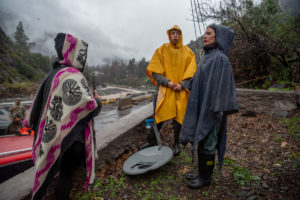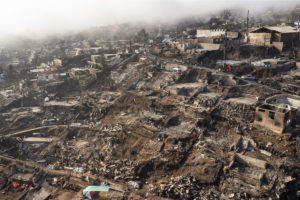For all their differences, Latin American governments have tended to be united in their calls for more funding to reduce emissions and address the effects of climate change. However, most do not really know how much funding they need, making it difficult to put climate plans into action, according to Sandra Guzmán, founder of the Climate Finance Group for Latin America and the Caribbean (GFLAC). Her organisation promotes a transformation of the global financial system in the name of sustainability.
Guzmán, who studied sustainable finance at Oxford University and holds a PhD in politics from the University of York, is behind GFLAC’s Sustainable Finance Index, which identifies the level of public investment dedicated to climate change in the region. According to 2022 data, none of the top 20 emitting countries in Latin America have achieved what the index deems to be “high levels” of sustainable finance; Ecuador and Mexico emerged at the bottom of the index, linked to their continuing dependence on and financial support for fossil fuels.
In conversation with Diálogo Chino, Guzmán said that Latin American countries should not only ask developed countries for more funds, but also transition their economies to cleaner sources of income. In addition, Guzmán called for progress in reforming the global financial system, saying that financial institutions must put climate change and the protection of nature at the centre of their work, while addressing high levels of indebtedness.
Diálogo Chino: Why is it important for Latin American countries to know how much climate change will cost them?
Sandra Guzmán: At the international level, we have been discussing in Latin America the need for more climate finance. However, there is a big information gap and we still don’t know how much we really need. Looking at the climate plans of Latin American countries, very few have made estimates of how much climate change is costing them. The few that have, such as Colombia and Mexico, only measured spending on mitigation, and not on adaptation.
While we will never have the right number, because today’s needs will be different from tomorrow’s, funding estimates help you as a country to have and carry forward a more executable climate plan. We are at a critical moment to identify how much is needed.
Historically, funding commitments – such as the US$100 billion annual target by developed countries, agreed in 2009 – have been political and without methodological underpinnings. But as we have moved forward on climate change, it has become clear that the costs are mounting into the hundreds of billions of dollars. Now countries are in the process of designing a new target that must be approved this year and take into account the needs of developing countries.
Was it this lack of information on the costs of climate change that led you to create the Sustainable Finance Index?
Eighteen years ago, I started monitoring climate finance, asking myself where the funds were coming from and where they were allocated. That’s how I realised that it’s not just about mobilising more money; the real transformation is also about reducing the finance that increases emissions. I analysed Mexico’s national budget for many years. While the funds for fossil fuels have been huge, the money for climate is tiny. You cannot combat the problem of climate change if your money keeps being pumped into the actions that cause it.
During my PhD, one of my research questions was on what prevents developing countries from integrating climate change into their public finances. This led me to create the index. The aim is to identify the gaps, and then come up with proposals for where the areas of opportunity are. We want countries to stop relying so much on international finance, and to be able to generate our own revenues and pathways to financial sustainability by strengthening public finances.
At COP28, Colombia and Brazil – two countries whose incomes depend to some extent on fossil fuels – presented plans to create new, emission-free sources of income, such as the bioeconomy. How feasible is it to make this transition?
It is a fact that countries will, at some point, have to make a transition. Fossil resources are finite. We have seen this in Mexico: a country that had an oil boom, but which today is finding it increasingly difficult to sustain the fossil fuel industry. It is not only possible to make the transition – it is urgent and necessary.
We are not going to turn off the oil tap overnight. But what we generate from fossil fuels should be invested in renewables, forest protection and the bioeconomy. We are still not using revenues from fossil fuels to invest in the energy transition, and this is the case for many countries. It is important to keep pushing for more climate finance, but it will never be enough if countries have not prepared plans to move away from dependence on fossil fuels. The message is that economies at the national level need to start their transition, and that their actions will be leveraged by international finance.
In 2013, Ecuador proposed that it would not exploit the oil reserves of the Yasuní National Park in exchange for compensation from the international community. However, the funds were not forthcoming. Is it possible to think of a similar scheme that would work today?
Yasuní left us with the population’s recognition that protecting nature as a whole is a priority. As a society, this is a very important political message – the problem was the international response.
The conditions are not yet in place, but Yasuní leaves a precedent that financial institutions are going to have to face in some way. The economic and financial system as it was originally conceived does not work. Initiatives like Yasuní or debt-for-nature swaps are just a small wind of relief. What we need to work on are more structural changes, such as multilateral banks putting climate change and nature at the centre of their operations.
Discussions on reforming the international financial system have accelerated in recent years in the framework of Barbados prime minister Mia Mottley’s Bridgetown Initiative. What progress has been made and what is still to come?
The recognition that financial institutions are inefficient was important because they were created in a context that no longer responds to today’s reality. This generated a discussion on debt, which has left many countries stuck. Developed countries are obliged to provide financing to developing countries, but if these funds come in the form of loans, the debt problem increases.
Reform has several strands. On the one hand, there is an urgent response to the debt of countries that cannot pay and are at breaking point; there is a need for a scheme that allows debt forgiveness through schemes such as debt-for-nature swaps. On the other is the more structural aspect: we need to change the way financial institutions operate. Climate change and nature protection must be at the heart of their work. They must also offer better and different financing conditions. Nowadays they only want to invest in large infrastructure projects financed by governments and not in the small, decentralised projects seen in states, cities and communities.
The funds allocated to reducing emissions are much higher than those allocated for adapting to the effects of climate change. How can this be reversed in the framework of financial institution reform?
When the climate change conversation started at the United Nations, the focus was on emissions reductions, and that set the trend in financing. Mitigation means technological change, which, while reducing emissions, also allows companies to generate revenue. This also explains why there is more funding for mitigation: donors don’t want to invest in adaptation because it doesn’t generate capital and is very intangible. They like to show what they have achieved with their investments, and that is difficult with adaptation, which is part of a process.
We need to better characterise adaptation measures, measure their cost and see them as an alternative means for welfare improvement
Added to this are the difficulties of characterising adaptation. Improving food production is an adaptation measure, but we don’t call it that; it is “development” or “hunger reduction”. We need to better characterise adaptation measures, measure their cost and see them as an alternative means for welfare improvement. It is not just adapting to the heat with air conditioning, but adapting to the existence of a phenomenon that is not going away. Everyone has to internalise the fact that we are going to live in a context of climate change, and that adaptation is associated with levels of well-being and survival. Not planning for what is coming is to be blind to an imminent reality.
At COP28, steps were taken to reform the financial system, with the operationalisation of the loss and damage fund for irreversible climate impacts in vulnerable countries. What was left pending, and what should be the focus of discussions at the next climate summits?
We had hoped to see the US$100 billion target for developed countries met, but it has not yet been achieved. Beyond the fact that this amount is not enough, it is an important political signal: if they don’t meet that, how are they going to meet the new financing target, which would have to be at least five times what it is? This generates discontent and uncertainty.
On the other hand, the recognition in the Global Stocktake text that fossil fuel production and consumption must be stopped is very significant. It sets us on the path of where we have to go. The fact that the loss and damage fund has been operationalised so quickly, a year after its creation was announced, is also important. The new funding target has to be defined this year: it will not be billions or trillions, but will give a signal to the financial system. It is important that the target is not only quantitative but also qualitative, and responds to the imbalance between mitigation and adaptation.
